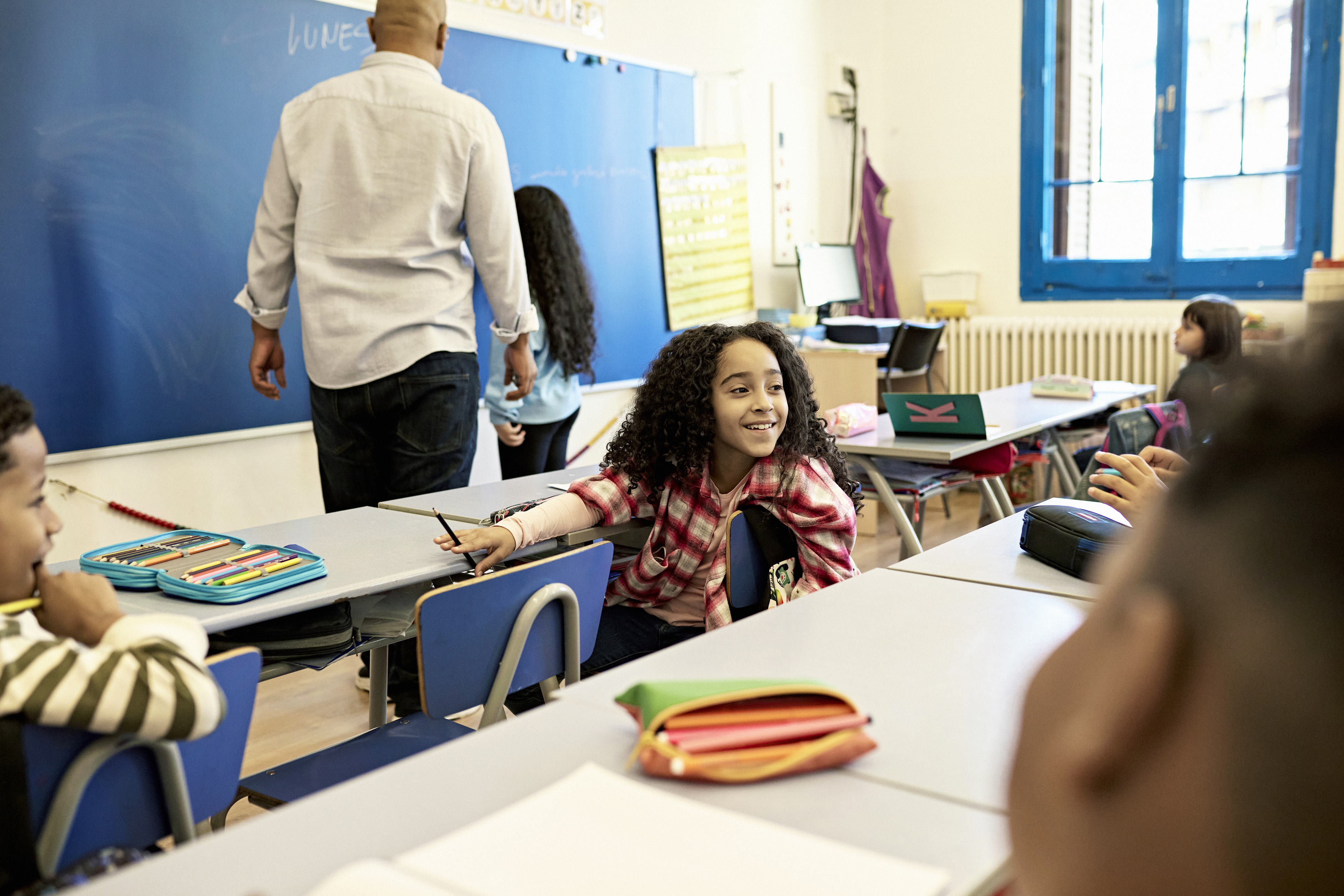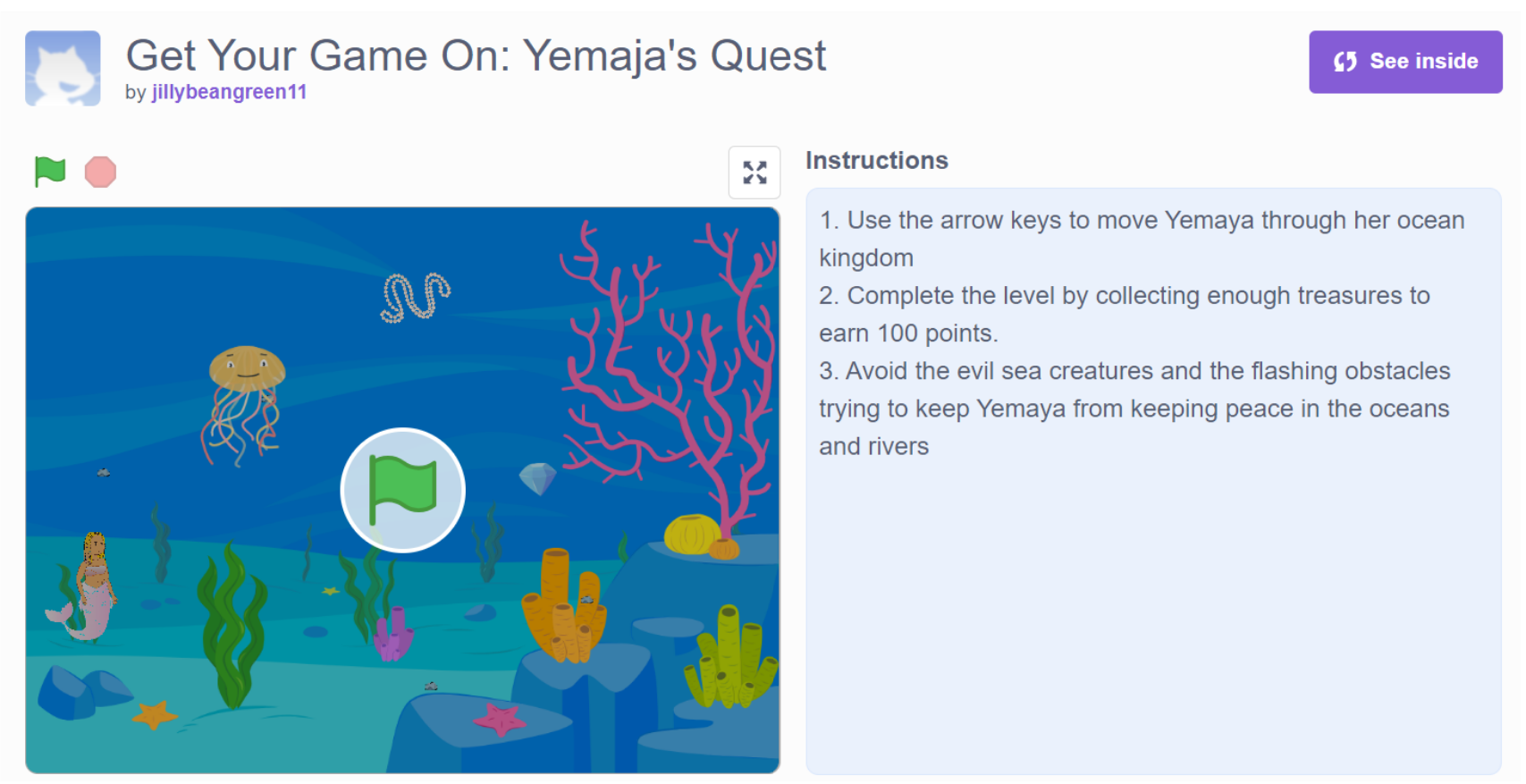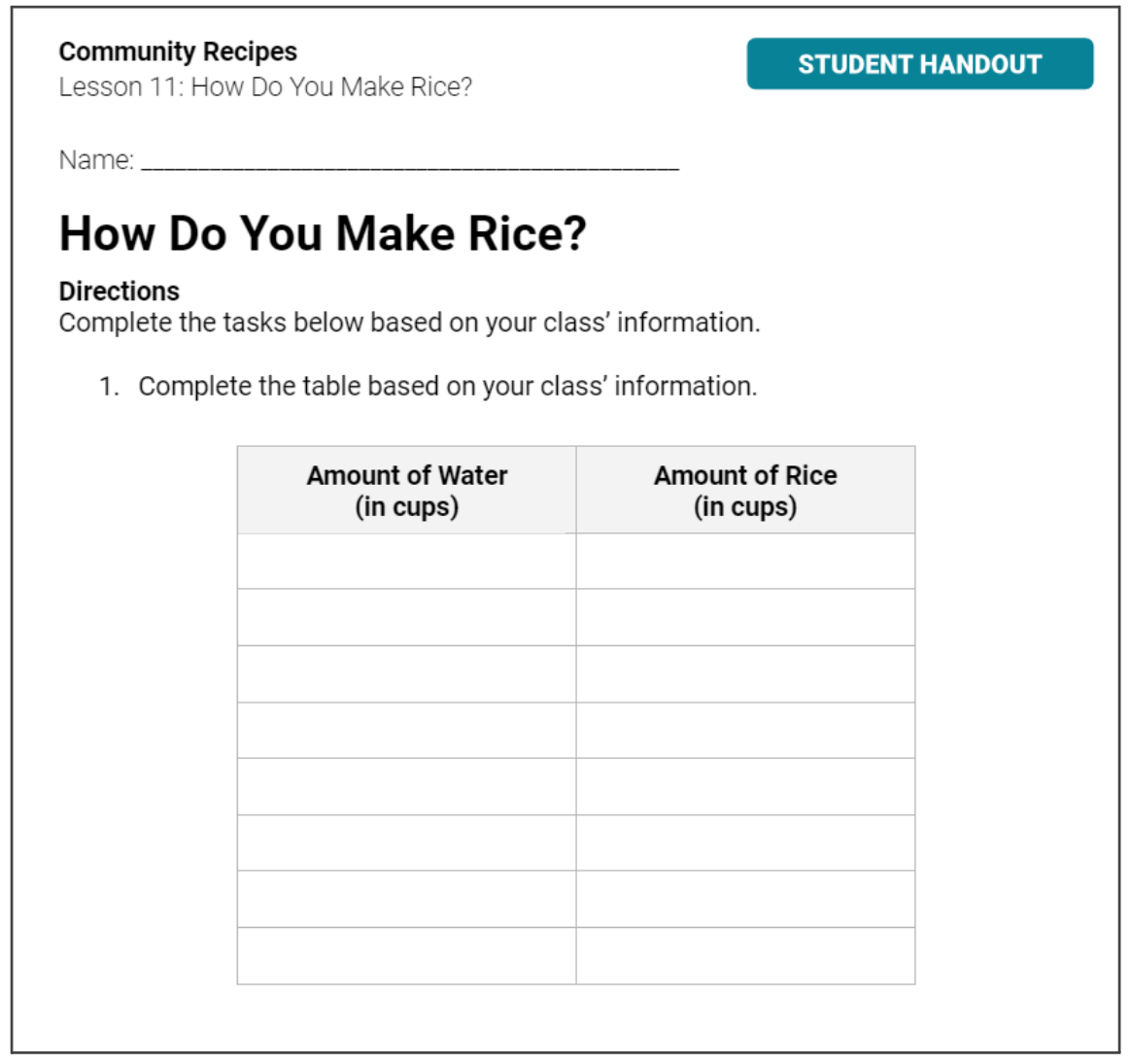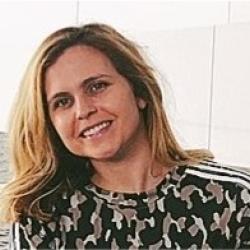
After spending over 10 years in math and computer science education, with work spanning across four continents, I've seen firsthand the power of creating equitable opportunities for all students, especially Black and Brown students. As a math curriculum developer at PBLWorks, I'm passionate about finding new ways to help multilingual students thrive in math.
I recently attended the ICME (International Council on Mathematics Education) conference in Sydney, Australia, to seek international perspectives on math equity and culturally responsive teaching in mathematics. I attended a session by Dr. Jodi Hunter of Massey University in New Zealand. Dr. Hunter shared insights from her research on exploring Pasifika learner’s funds of knowledge within mathematics—a concept that emphasizes the rich and diverse knowledge base students bring from their homes and communities.
I was heartened to hear Dr. Hunter share an anecdote of a student of Niuean heritage who explained how they use proportional reasoning to cook a traditional porridge, Nane. As Dr. Hunter shared her research findings on the rich funds of mathematical knowledge that exist in Pasifika communities, heads were nodding in agreement that students’ identities should be centered in mathematics instruction. In conversations I have with math educators, folks are keen to develop their students’ identities within the context of mathematics, but aren’t always sure how to do it in ways that are meaningful, quick to implement, and are complementary to providing rigorous, grade level instruction.
 Student’s funds of knowledge include their life experiences, cultural beliefs and practices, and their worldviews, which are influenced by their communities and society at large. In 1992, Carlos Vélez-Ibáñez and James Greenberg first used the term "funds of knowledge" to describe, “the accumulated knowledge, skills, and cultural practices within U.S.-Mexican households in Tucson, Arizona” (1992). Vélez-Ibáñez and Greenberg’s research surfaced the resources present in the communities they studied that were rich in value and culture but overlooked by society. Later on in the '90s, their work was built upon by Luis C. Moll, Cathy Amanti, Deborah Neff, and Norma González to be applied within the educational context. They focused on how teachers could tap into cultural and experiential resources to create more inclusive and effective learning environments (1992).
Student’s funds of knowledge include their life experiences, cultural beliefs and practices, and their worldviews, which are influenced by their communities and society at large. In 1992, Carlos Vélez-Ibáñez and James Greenberg first used the term "funds of knowledge" to describe, “the accumulated knowledge, skills, and cultural practices within U.S.-Mexican households in Tucson, Arizona” (1992). Vélez-Ibáñez and Greenberg’s research surfaced the resources present in the communities they studied that were rich in value and culture but overlooked by society. Later on in the '90s, their work was built upon by Luis C. Moll, Cathy Amanti, Deborah Neff, and Norma González to be applied within the educational context. They focused on how teachers could tap into cultural and experiential resources to create more inclusive and effective learning environments (1992).
Historically, students’ funds of knowledge have been neglected in mathematical teaching practices and curricula. Traditional math lessons are designed to achieve specific mathematical outcomes, and opportunities for students to connect their identities and beliefs to the mathematical objectives are either nonexistent or come at the end of the lesson or unit of study. This is especially problematic for Black and Brown students, since math curriculum and pedagogy are often aligned with “an idealized cultural experience of the White middle-class” (Ladson-Billings 1992). Even teachers who recognize that students' funds of knowledge should be incorporated in math instruction require support in understanding the strengths and needs of students from diverse cultural backgrounds (Berry 2004).
Drawing upon student’s funds of knowledge in math instruction is tightly aligned with the Gold Standard PBL Design Elements of Voice and Choice and Authenticity. When we think of our students’ assets, in particular their cultural funds of knowledge, it is important to center them in both the context of a math project as well as in lessons where new content knowledge is developed. PBL’s Equity Levers include Knowledge of Students and Shared Power, which also implicitly support drawing upon students’ funds of knowledge throughout all phases of a PBL experience.
Within the context of a project, student Voice and Choice is centered through the ways in which students decide how to solve a particular community or world problem. For example, in the 8th Grade Math project Get Your Game On in PBLWorks Teach—our new app launching next year—we are developing a unit where students answer the Driving Question: How do we design a computer game that preserves ancient culture? Students begin the project by telling stories that have been passed down in their family or community, and seeing the parallels between these stories and ancient myths. Students share how they think their stories help preserve cultural and community values, traditions, and beliefs and determine why it is important to pass on knowledge through stories before applying this concept to their Scratch computer games.

Within lessons that build knowledge, Voice and Choice is used to center students' funds of knowledge in new mathematical content. For example, in the 6th Grade Project “Community Recipes” a lesson begins by having students respond to the prompt: “How do you make rice?” This opens up an opportunity for students to share about their families customs and traditions, before leading into a lesson on how to identify when two ratios are equivalent from a graph. The ratios that are compared throughout the lesson are contributed by students, who share the ratio of cups of rice to water in their family or community recipe. The lesson ends with students completing an I used to think… now I think… where they reflect on how rice plays an important role in many cultural groups and communities.

In her presentation at ICME, Dr. Hunter reminded participants of the common pitfall of tokenizing students through well-meaning attempts to incorporate their cultural identities in math lessons. By drawing on students’ funds of knowledge, teachers can open up lessons to any aspect of identity that students choose to contribute, rather than reducing their heritage, experiences, and beliefs to a single stereotype or generalized experience. When students have opportunities to share about themselves in ways that are relevant to the mathematics, they can see how math is part of their lives, and their lives are connected to what they learn in the school math setting.
Here are some ways you can draw on student’s funds of knowledge in math lessons:
If you have… | |
|---|---|
1 minute | During a mathematical activity, ask, “Where have you seen [concept] in your life?” For example: patterns, exponents, fractions, right triangles. The more you ask this question, the more students will think beyond superficial responses or the responses they perceive to be expected. For example, many students see mathematics as appearing in shopping and cooking, but may begin to think about the unique and diverse ways math appears in other aspects of their lives. |
3 minutes | Display an image without the problem stem (for example, a sewing pattern). Prompt students to share a story that connects to the image, or to co-craft a mathematical question that could be asked about the image. For example: “Share a story about someone you know that sews.” or “What kinds of questions could we ask about the sewing pattern?” (adapted from Lesson 5 in the 6th Grade Math Project, Pack Perfection) |
5 minutes | Have students participate in the Off You Go routine. Students bring in an artifact or picture that exemplifies a particular concept, e.g., parallel lines. Display the artifacts or pictures in a class collection to refer back to throughout the unit. |
30 minutes | Have students contribute data or information that is used in a math task. For example, have students take measurements of their shoe size for their favorite shoe (either that they own or by finding measurements online). Then share what makes it their favorite shoe, before using the data in an activity on ordering fractions and decimals on a number line. |
3 weeks | Teach a unit of study as a project, centering a problem that is meaningful to students. For example, the 8th Grade Project “Be Your Own Boss” in the PBL Teach curriculum has students create a startup that gives back to their community. Students choose what it means to "give back" (e.g., affordable products, increased access to goods and services, or charitable donations). They also choose what kind of business to create based on their own interests and the interests of their communities. |
Looking to continue the conversation? Reach out to Jillian at: [email protected].
Citations
Berry, Robert & Leimberer, Jennifer. (2023). “The Equity Principle Through the Voices of African American Males”. Mathematics Teacher: Learning and Teaching PK-12. 116. 402-403. 10.5951/MTLT.2023.0020.
Ladson-Billings, Gloria. "It Doesn't Add Up: African American Students' Mathematics Achievement." Journal for Research in Mathematics Education 28 (December 1997): 697-708.
Moll, L. C., Amanti, C., Neff, D., & Gonzalez, N. (1992). Funds of knowledge for teaching: Using a qualitative approach to connect homes and classrooms. Theory Into Practice, 31(2), 132–141. https://doi.org/10.1080/00405849209543534
Vélez-Ibáñez, Carlos G., and James B. Greenberg. “Formation and Transformation of Funds of Knowledge among U.S.-Mexican Households.” Anthropology & Education Quarterly, vol. 23, no. 4, 1992, pp. 313–35. JSTOR, http://www.jstor.org/stable/3195869. Accessed 19 Aug. 2024.
Hunter, J. (2022). Challenging and disrupting deficit discourses in mathematics education: positioning young diverse learners to document and share their mathematical funds of knowledge. Research in Mathematics Education, 24(2), 187–201. https://doi.org/10.1080/14794802.2022.2088607

